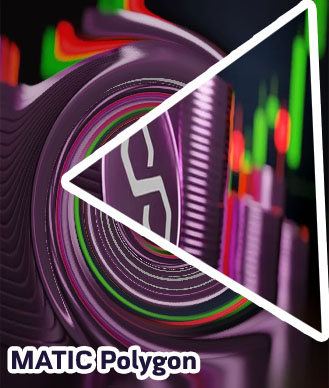
| Join | Login | ||

|
Polygon crypto chart |
|
|
When it comes to understanding the trends and patterns of Polygon crypto charts, it's important to stay informed and up-to-date with the latest information. The following articles provide valuable insights and analysis that can help you navigate the world of Polygon cryptocurrency and make informed decisions about your investments. A Deep Dive into Polygon's Price Movement: What to Expect Next
Polygon, a popular cryptocurrency, has been experiencing significant price movements in recent days. As investors closely monitor its performance, it is essential to understand the factors influencing its price and what to expect in the near future.
Analyzing Polygon's Market Cap Growth and Its Impact on the Crypto MarketPolygon, formerly known as Matic Network, has been making waves in the cryptocurrency market with its impressive market cap growth in recent months. This layer 2 scaling solution for Ethereum has seen its market capitalization soar to new heights, attracting the attention of investors and traders alike. The rapid growth of Polygon's market cap has had a significant impact on the overall crypto market, showcasing the potential for layer 2 solutions to address the scalability issues faced by Ethereum. As more projects and users flock to Polygon for its low fees and fast transactions, the platform has cemented its position as a key player in the decentralized finance (DeFi) space. One practical use case of Polygon's market cap growth can be seen in the success of decentralized exchanges (DEXs) built on the platform. With lower fees and faster transaction times compared to the Ethereum mainnet, DEXs on Polygon have attracted a large user base looking to trade tokens more efficiently. This has resulted in increased liquidity and trading volume, ultimately leading to a positive impact on the profitability of traders and liquidity providers. Overall, Polygon's market cap growth is a testament to the platform's potential to revolutionize the DeFi space and drive innovation in the crypto market. As more projects migrate to Polygon and leverage its scalability solutions, we Expert Tips for Reading and Analyzing Polygon Crypto Charts Like a ProCryptocurrency investors and traders know the importance of reading and analyzing charts to make informed decisions. When it comes to Polygon (MATIC) charts, having the right skills can make a significant difference in your trading success. Here are some expert tips to help you read and analyze Polygon crypto charts like a pro:
|
|
© 2014 BTC Surf best cryptocurrency exchange all rights reserved worldwide